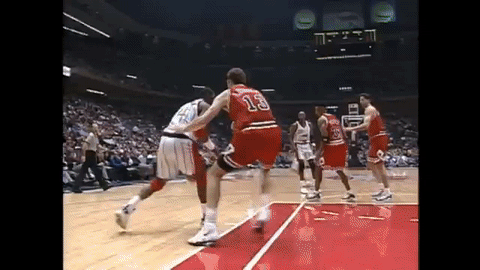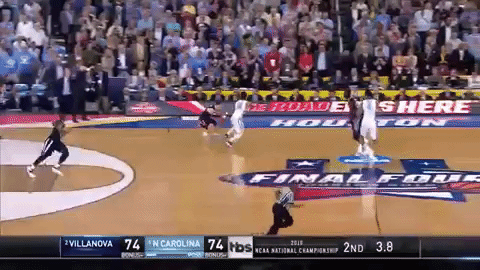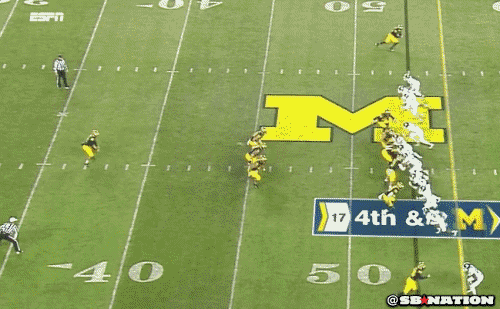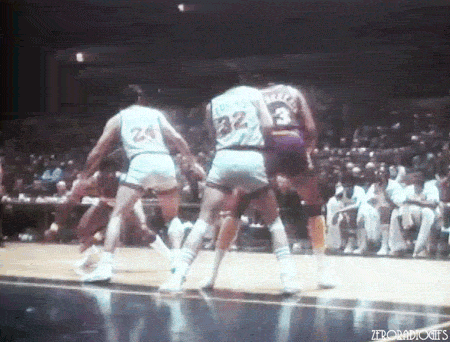Ford Motors Escapes Lawsuit Despite Defective Airbags
Originally Published March 4, 2015
Howard and Barbara Piltch rested in a ditch by the side of the road after sliding into a patch of black ice, ricocheting off a wall, and colliding with several trees. The car they were traveling in, a 2003 Mercury Mountaineer, advertised as safe, complete with advanced front and dual side airbags. In this instance, rather than airbag enhancement, the only "advancement" Ford made was to the injuries sustained by the Piltches when the air bags failed to deploy.
While recovering from several broken vertebrae and neurological injuries, the Piltches filed suit under the Indiana Products Liability Act (IPLA) against Ford Motor Company complaining the defective airbags enhanced those injuries. Ford moved for summary judgment, arguing the Piltch’s could not prove, 1) the airbags were in fact defective, nor 2) the defective air bags facilitated the worsening of the injuries. Summary judgment was granted and upheld by the Seventh Circuit on the grounds that proximate cause could not be established without an expert testimony report.
The Piltches sought to persuade a jury under the doctrine of Res Ipsa Loquitur. To bring a claim under the doctrine of res ipsa loquitur, the Piltches were required to show that the injuring instrumentality (Mercury Mountaineer) was in the exclusive control of the defendant at the time of injury. Since the vehicle was under the control of the plaintiff, a defective product liability suit was pursued under the same doctrine. The doctrine of res ipsa loquitur may be applied in “rare instances” where “circumstantial evidence may produce reasonable inferences [t]hat a jury may reasonably find that a defendant manufactured a product containing a defect.”
In Ford’s 48 page Scheduled Maintenance Guide for the 2003 Mercury Mountaineer the word “air bag” is found only once and it is written in connection to safety warning lamps. In contrast, while touting the vast safety features, in the 264 page Owner’s Manual, “air bags” receive seven pages of deference in the Safety subsection. This manual informs drivers to immediately have their car serviced should the air bag light illuminate. According to the opinion, the Piltches air bag light never illuminated, indicating a need for servicing the Mountaineer’s air bag system.
According to the safety subsection on air bags in the Owner’s Manual, “[D]uring a crash, the Restraints Control Module activates both stages of the dual-stage air bag supplemental restraints based on crash severity and occupant conditions.” Was the severity of the Piltches crash in question? Ricocheting off walls and then bouncing from tree to tree describes a crash involving the most severe of forceful impacts imaginable. Thus, a reasonable person could infer that the Piltches crash severity would necessitate an airbag deployment.
The ruling of the Seventh Circuit in upholding summary judgment barred the Piltches from ever recovering for their injuries. Was justice served?
Airbags are expected to deploy upon severe impact. In fact, Ford advertised as much. This expectation is evidenced by generous discounts allotted by car insurance providers for cars equipped with airbags. Not all car owners are familiar with performing repairs, hence the light to signal potential danger to drivers. Hiring auto mechanics to conduct standard or complex repairs is standard. Those lacking specialized knowledge or experience with automobiles outside of daily operation for commuting, tend to entrust these car maintenance duties – like repairing defective airbags, to a mechanic.
Automobiles are not equivalent to IKEA furniture. They are not purchased with any reasonable expectation of missing parts or negligible assembly. Rather, automobiles are purchased with the expectation that all safety features are not only fully in tact but also properly functioning.
An underwhelming presentation of the defect in the airbags was a crucial mistake. Ultimately, claiming that a multi-billion dollar corporation has manufactured a defective product while failing to produce expert testimony to support the claim of defect may consequently prove futile for the Piltches. But the question the court should have considered prior to ruling is: Does the law require a plaintiff to produce expert testimony to prove liability under the IPLA? The Indiana Code covering IPLA remains silent on the production of expert testimony reports. As such, the Court established a rather draconian precedent when ruling the Piltches could not prove proximate cause using only circumstantial evidence.
According to the court, “a lay jury would be unable to discern from circumstantial evidence whether another air bag design could have prevented the injury.” The Court’s position on the capacity of lay juries appears untenable. Accident reconstruction and similar evidence would inevitably be revealed during the course of litigation. Skepticism regarding the sophistication of jurors may not have been in the interest of justice.
Hasty judicial interference resulted in a broken back, brain damage, and a lifetime of healing wounds that will never receive a proper examination in court before a jury.























